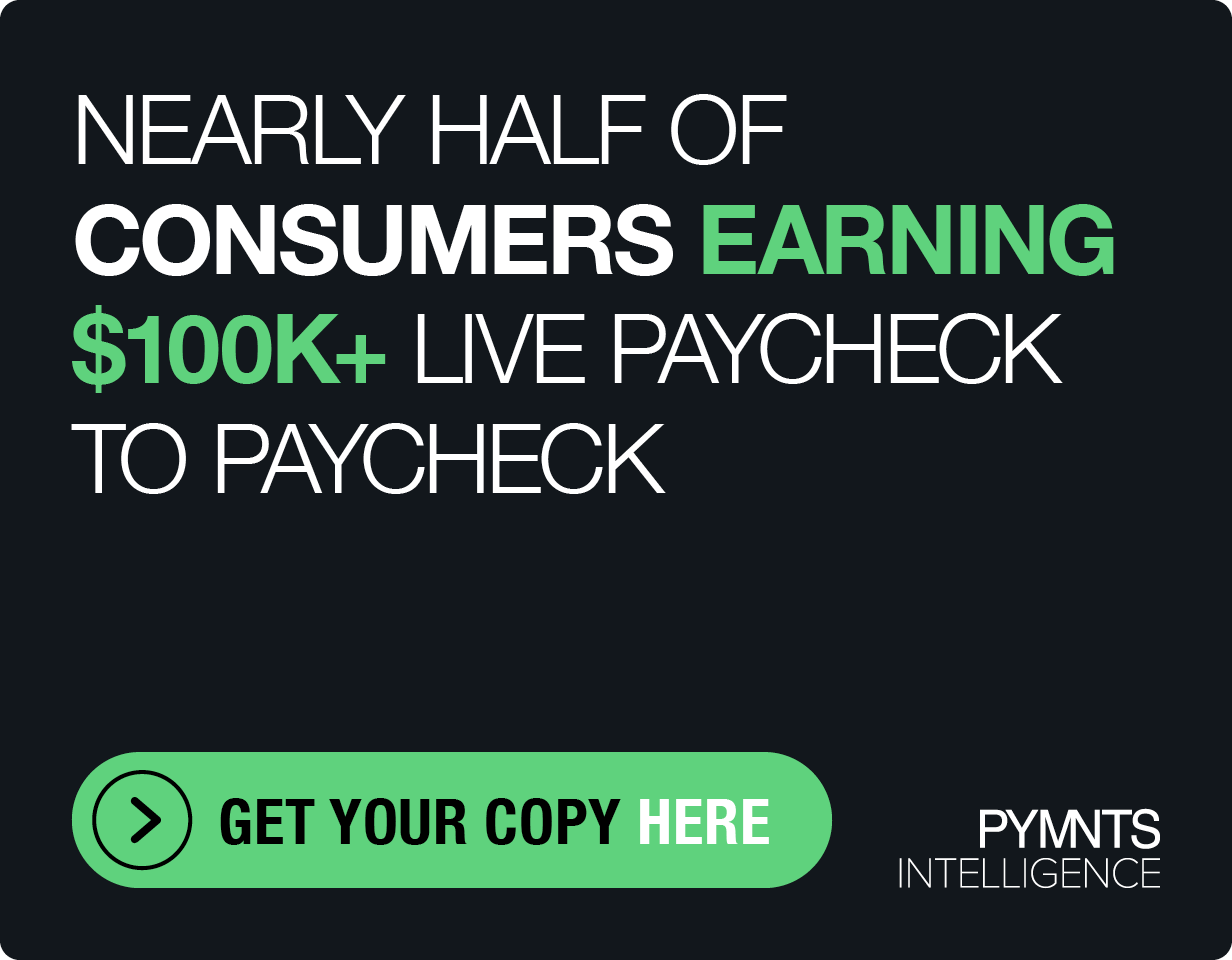Telehealth, Digital Payments Make Healthcare Easier, Affordable for Patients and Providers
World-shaking events have a way of revolutionizing things, and few examples fit the bill better than telehealth, going from modest to mainstream faster than you can say “COVID.”
Simultaneously, additional digital payments options are becoming an influential factor in healthcare. The two breakthroughs are proceeding apace as patients are more researched and more aware of their financial responsibility and demanding improved experiences like telehealth paired with digital payments from reliable third-party providers.
According to Shannon Burke, senior vice president and general manager, health systems, at Synchrony, consumers/patients see the combination of telehealth and digital payments as a true advancement for the entire sector, and they want more of it.
Discussing the shift, Burke told PYMNTS, “We weave those together really so much in our minds these days. We’ve done many studies showing that my outcome from care is as important to me now as my cost and how I pay for my care.”
This convergence of care delivery, payments and outcomes is reshaping the healthcare experience, Burke said. With an estimated $140 billion in unpaid medical debt currently circulating, providers are taking notice.
As found in The Payment Cure: How Improving Billing Experiences Impacts Patient Loyalty, a PYMNTS study with research supported by CareCredit, as “57% of consumers see fast and easy payments as essential to positive healthcare experiences, healthcare providers seeking to boost patient loyalty would be wise to assess their practices’ alignment with consumers’ payment preferences and the options presented to them.”
Get the study: How Improving Billing Experiences Impacts Patient Loyalty
Just What the Tele-Doctor Ordered
Telehealth and digital payments are emerging as a dynamic duo of 2021 as providers and consumers see how the technologies are improving outcomes, both medical and financial.
As Burke said, “There was a huge adoption out of necessity, but then we were in a position where we tried it, and we liked it. [Among] the biggest attributes or features and benefits of telehealth, one is certainly access. Whether you’re in a rural community or an urban community, your ability to get to care quickly and efficiently … certainly telehealth helps with those in terms of just immediately reducing anxiety.”
In addition to access are new telehealth use cases that can bring real treatment advances.
“It’s a natural that doesn’t have anything to do with the pandemic, but really just the fact that we as a society have so many chronic conditions,” she said. “[Telehealth] is a wonderful way to help us manage those conditions regardless of where you are.”
Fast access to treatments like emergency psychiatric care is another key use case. There are others.
“Any urgent care [situation] that you don’t need to necessarily be seen in person, that you can visit by teleheath, is just again a super positive way for us to receive care,” she said.
Burke said from her viewpoint, these services are also filling an important need for the uninsured.
“In many cases [telehealth] can be less expensive cost-wise than in-person visits,” she said. “Having payment options or the ability to pay that bill, whether it’s your portion of an insured benefit, or your portion because it’s not an insured benefit, or you find yourself with high deductibles, etc., digital payment options are just absolutely vital, I think, to the overall experience.”
See also: Better Patient Billing Improves Doctor-Patient Loyalty
Melding Medical and Financial
As the pandemic becomes endemic and healthcare providers departing emergency mode devote more strategic thought and capital to operational changes and altered income flows, accommodating new digital payment options is taking on greater importance.
It’s the same for consumers facing challenging healthcare cost realities of their own. The pressure on both sides of the healthcare equation calls for rapid innovation and adoption.
“Being able to have options regardless of how you incur your cost, whether it’s a covered benefit and you’re incurring cost because you have a deductible, or you have out of pocket, or it’s not a covered benefit and you simply have to pay for it, certainly payment options and digital payment platforms are really vital to being able to close that loop,” Burke said.
She added, “We know that patients are more loyal and more satisfied when they have options, they know their options up front … and that journey of clinical care and financial obligation … is really woven together. It’s that complete experience, that patient experience and that patient engagement experience, that so many hospitals and health systems are looking for.”
See also: 45% of Consumers Want Payment Plans for Healthcare Visits
